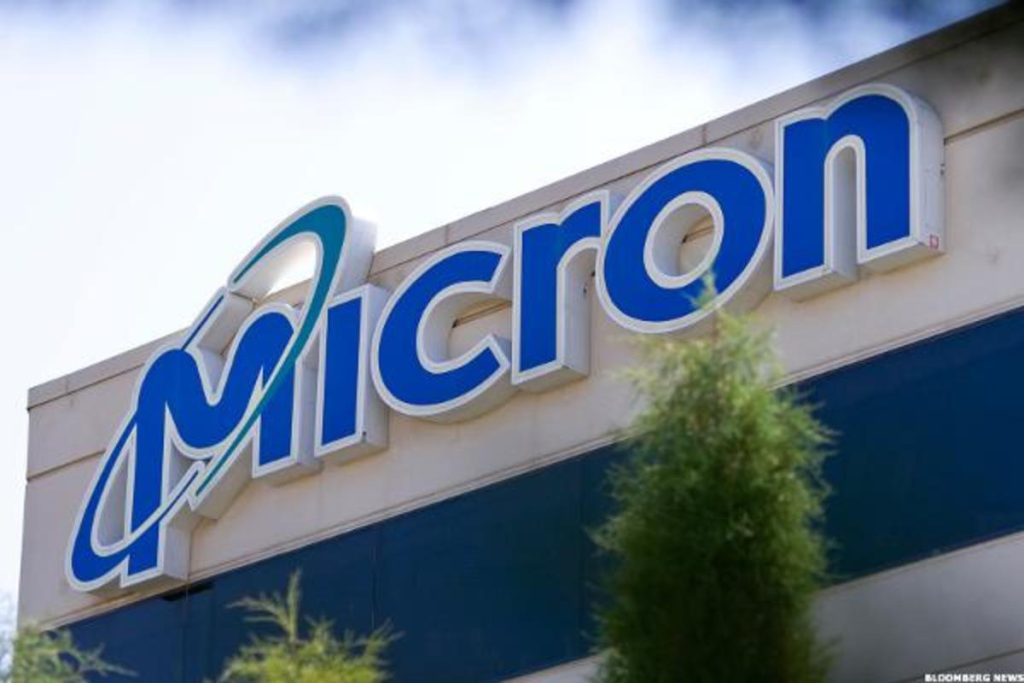Micron (NASDAQ:MU) is experiencing minor short-circuiting today after the company announced that COVID-related lockdowns in Xi’an, China’s 15th most populated city, are negatively impacting the company’s DRAM assembly and test operations. MU shares were initially up yesterday on news that its competitor Samsung (SSNLF) was adjusting output in its NAND factory in Xi’an. However, just before market close yesterday, MU issued a similar statement, spurring investors to wipe away some of yesterday’s gains during today’s trading session.
The report comes about a week after MU posted knockout Q1 (Nov) earnings results. The memory (DRAM) and flash storage (NAND) manufacturer doubled its EPS and continued to post strong sales growth of over 30% yr/yr. MU also noted during its Q1 earnings call that it expected a healthy industry supply-demand balance in 2022. In addition, MU forecasted more substantial bit shipment growth in 2H22 as its customers’ component shortages ease. Therefore, the disruption in its Xi’an factories came just when MU was looking at upping shipments as customer supply chains improved.
There is some good news. MU has a host of suppliers and subcontractors that can help pick up some of the lost output. The degree to which MU’s Xi’an factories make up the total output of DRAM is also unclear. MU operates facilities in five other countries — Taiwan, Singapore, Japan, the US, and Malaysia — which could assist in meeting delivery schedules.
Furthermore, it is reported that Xi’an accounts for about ~40% of Samsung’s NAND output, or around 15% of its global supply. With MU reporting that only its DRAM assembly and test operations are being impacted by the lockdowns, it may be able to make up some of the lost revenues by selling flash storage to some of Samsung’s customers. Although DRAM is MU’s primary business, representing 73% of total Q1 revs, NAND still makes up a sizable chunk at 24%. For that reason, improving NAND sales would still have a meaningful impact on MU’s overall revenue.
Overall, the disruption at MU’s Xi’an facilities is a setback. However, given that the stock is only down about 1% today, we think investors view Samsung’s setback as more pronounced, possibly leading to MU capturing some of Samsung’s lost revenue. Furthermore, a hit to supply could drive up the cost of DRAM and NAND, giving MU stronger pricing power. With MU still trading at an attractive valuation of 10.7x FY22 earnings despite shares having jumped over 15% since MU posted Q1 earnings last week, we remain bullish on MU for buy-and-hold investors.





